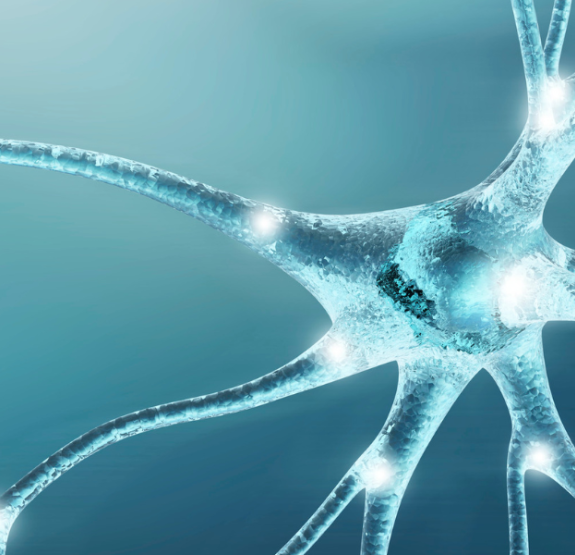Full version 4 min
[ OAB ]
Transcutaneous tibial nerve stimulation comparable to percutaneous in OAB
The less invasive transcutaneous approach could be comparable to percutaneous posterior tibial nerve stimulation for treating symptoms of overactive bladder, suggests research.

Transcutaneous posterior tibial nerve stimulation approach could be comparable to percutaneous for treating symptoms of overactive bladder (OAB), suggests research.
In contrast to percutaneous PTNS, which involves insertion of a 34-guage needle electrode to 5 cm at the medial malleolus of the ankle to deliver 20 Hz of electrical stimulation at a fixed pulse for 200 µsec, transcutaneous PTNS is delivered via two surface electrodes, Gholam Reza Raissi (Iran University of Medical Sciences, Tehran) and colleagues explain.
For their study, published in Basic and Clinical Neuroscience in July 2024, 44 patients with OAB (93% women) were randomly assigned to receive 30 minutes of transcutaneous or percutaneous PTNS three times a week for 4 weeks.
All the participants had received initial treatment comprising lifestyle modification and pelvic floor muscle training with or without pharmacologic therapy. None of them had received anticholinergic medication in the week before initiating the study.
On the OAB symptom scores form, which assesses daytime and night-time frequency, urgency, and incontinence, the scores in the 22 patients (mean age 56.8 years) receiving transcutaneous PTNS had decreased by a significant 3.9 points after 4 weeks of treatment compared with before treatment. A similar improvement was also seen for the 22 patients (mean age 51.9 years) receiving percutaneous PTNS, with a significant decrease of 3.8 points by week 4 of treatment compared with before.
“All three symptoms of OAB (frequency, urgency, and incontinency) were improved one week after the treatment and kept the progressive trend to the fourth week after the intervention in both groups,” note the investigators.
Both transcutaneous and percutaneous PTNS were also associated with better quality of life at week 4, as indicated by significant increases in total scores on the self-reported incontinence quality of life (I-QOL) questionnaire of 22.5 points and 26.3 points, respectively.
This I-QOL improvement at week 4 occurred for each of the three I-QOL subscales, with significant reductions in scores for avoidance and limiting behaviour (16.4 and 18.6 points, respectively), psychosocial impact (10.2 and 18.1 points), and social embarrassment (17.9 and 19.0 points). There were no significant differences between the two approaches for any of the I-QOL outcomes.
“Considering the anticholinergic side effects of medications used in non-responders to behavioral therapy alone and the reported similar effects of PTNS and medication,” Reza Raissi et al suggest that “it may be rational to investigate [transcutaneous] TNS therapy as a second-line treatment after behavioral therapy.”
They add that it can also be considered as “a home-based modality,” potentially lessening “the time-consuming process of inpatient [percutaneous] TNS and its burden on the patient and healthcare system.”
However, the researchers recognize that the long-term effectiveness of the therapy needs to be evaluated.
News stories are provided by medwireNews, which is an independent medical news service provided by Springer Healthcare Ltd. © 2024 Springer Healthcare Ltd, part of the Springer Nature Group
Read the article here: Basic Clin Neurosci 2024: 15; 499–508
HQ--03-25-2500043